
Ingredient
Cheese, fontina
Fontina: The Creamy Delight
Fontina cheese is made from cow's milk and has a pale yellow interior with a thin, brownish rind. It has a smooth and supple texture that melts beautifully when heated, making it ideal for melting, grilling, and incorporating into recipes. With its distinct nutty and slightly fruity taste, fontina cheese pairs well with both sweet and savory ingredients.
Origins and history
Fontina cheese originated in the Aosta Valley, a region in the Italian Alps. It has been produced for centuries by local farmers and cheesemakers, using traditional methods that have been passed down through generations. Fontina cheese is deeply rooted in the culinary traditions of the Aosta Valley and is an integral part of the region's cuisine. It gained popularity outside of Italy in the mid-20th century and is now enjoyed worldwide.
Nutritional information
Fontina cheese is a good source of calcium, protein, and vitamins A and B12. It is also relatively high in fat and sodium, so it should be consumed in moderation as part of a balanced diet. The nutritional content may vary depending on the specific brand and type of fontina cheese.
Allergens
Fontina cheese is made from cow's milk and may contain lactose, making it unsuitable for individuals with lactose intolerance or milk allergies. It is also a potential allergen for those with dairy allergies. It is important to read the ingredient labels and consult with a healthcare professional if necessary.
How to select
When selecting fontina cheese, look for a cheese that is firm yet pliable, with a smooth and unblemished rind. The cheese should have a slightly elastic texture and a pleasant aroma. Opt for fontina cheese that is made from high-quality cow's milk and produced by reputable cheesemakers.
Storage recommendations
To maintain the freshness and quality of fontina cheese, store it in the refrigerator in its original packaging or wrap it tightly in wax paper or plastic wrap. Keep it away from strong-smelling foods to prevent flavor absorption. Fontina cheese is best consumed within a few weeks of purchase, but it can be frozen for longer storage.
How to produce
Producing fontina cheese requires specialized knowledge and equipment, as well as access to high-quality cow's milk. It involves the process of curdling the milk, separating the curds from the whey, and then pressing and aging the cheese. This process is typically carried out by experienced cheesemakers in the Aosta Valley and other regions where fontina cheese is produced.
Preparation tips
Fontina cheese can be enjoyed in a variety of ways, such as melted on pizzas, sandwiches, or pasta dishes. It is also delicious when paired with fruits, nuts, or cured meats on a cheese board. When cooking with fontina cheese, it adds a creamy and savory element to gratins, fondues, and risottos.
Substitutions
Gruyère cheese or Gouda cheese can be used as substitutes for fontina cheese, as they have similar melting properties and flavor profiles. However, the taste and texture may differ slightly.
Culinary uses
Fontina cheese is commonly used in Italian cuisine, particularly in dishes from the Aosta Valley region. It is a key ingredient in fonduta, a traditional Italian cheese fondue, as well as in dishes like polenta, quiches, and paninis. It is also a popular choice for melting on pizzas and in pasta dishes.
Availability
Fontina cheese is primarily produced in the Aosta Valley in Italy. It is also made in other regions of Italy, as well as in some parts of Sweden and Denmark. Fontina cheese can be found in specialty cheese shops, gourmet markets, and online retailers.
More ingredients from this category » Browse all

Cheese, nagelkaas
Nagelkaas - The Dutch Delight of Spiced Cheese

Cheese, carrigaline
Irish Delight

Cheese, piacentinu
Piacentinu: A Sicilian Delight of Cheese

Cheese, arzua ulloa
The Creamy Delight

Cheese, graddost
Graddost Delight

Cheese, colby
"Colby Cheese: The Creamy Delight with a Mild Twist"

Cheese, baita friuli
Baita Friuli: A Savory Delight from the Italian Alps

Cheese, jarlsberg
The Norwegian Delight

Cheese, white stilton
The Creamy Delight

Cheese, morbier
Morbier: The Creamy Delight from the Jura Mountains

Cheese, smoked gouda
Smokey Dutch Delight

Cheese, oltermanni
The Creamy Delight
Recipes using Cheese, fontina » Browse all

Monégasque Pizza Primavera
Garden Delight Pizza: A Monégasque Twist on Pizza Primavera

Valdostan Risotto with a Nouvelle Twist
Savory Delight: A Nouvelle Spin on Valdostan Risotto

Costoletta alla Valdostana
Savory Alpine Veal Cutlets
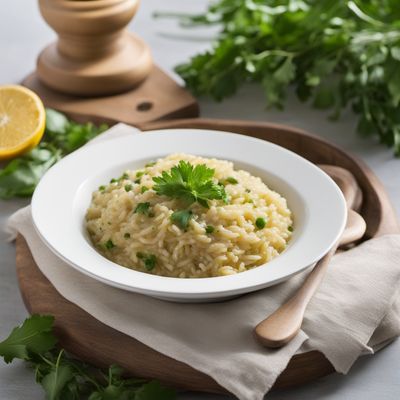
Barbadian-Style Fontina Risotto
Tropical Fusion: Barbadian-Style Fontina Risotto with a Caribbean Twist
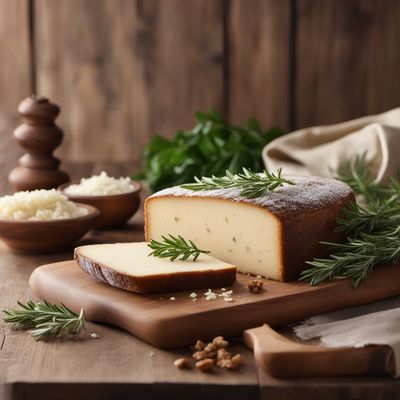
Bozner - Italian Alpine Delight
Savory Alpine Stuffed Bread - A Taste of Italy's Mountainous Delicacy

Zuppa alla Valdostana
Savory Delight: Creamy Valdostana Soup with Crispy Cheese Crust

Risotto alla Valdostana with Fontina Cheese and Speck
Creamy Fontina Risotto with Smoky Speck - A Taste of Valdostana Delight
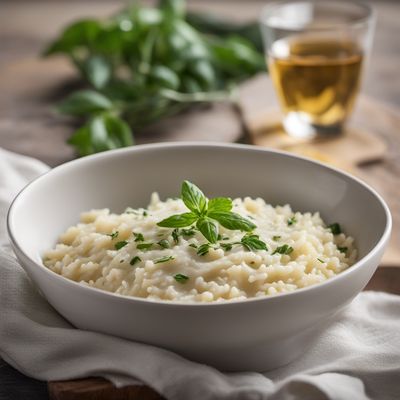
Creamy Four Cheese Risotto
Velvety Delight: Four Cheese Risotto
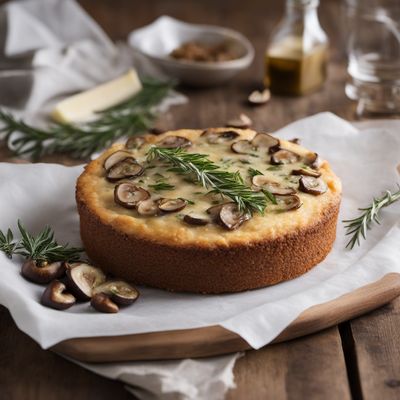
Torta alla Monferrina
Savory Italian Cornmeal Cake with Cheese and Herbs
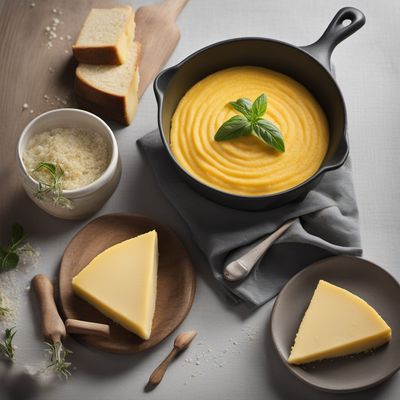
Creamy Polenta with Cheese and Butter
Velvety Cheese Delight: Creamy Polenta Taragna
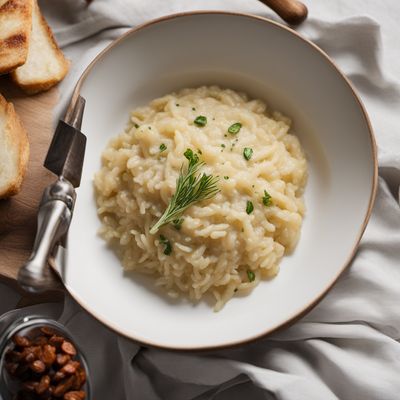
Creamy Fontina Risotto
Savory Delight: Creamy Fontina Risotto with a Twist

Classic Italian Arancini
Sicilian Delight: Crispy Risotto Balls with a Cheesy Surprise